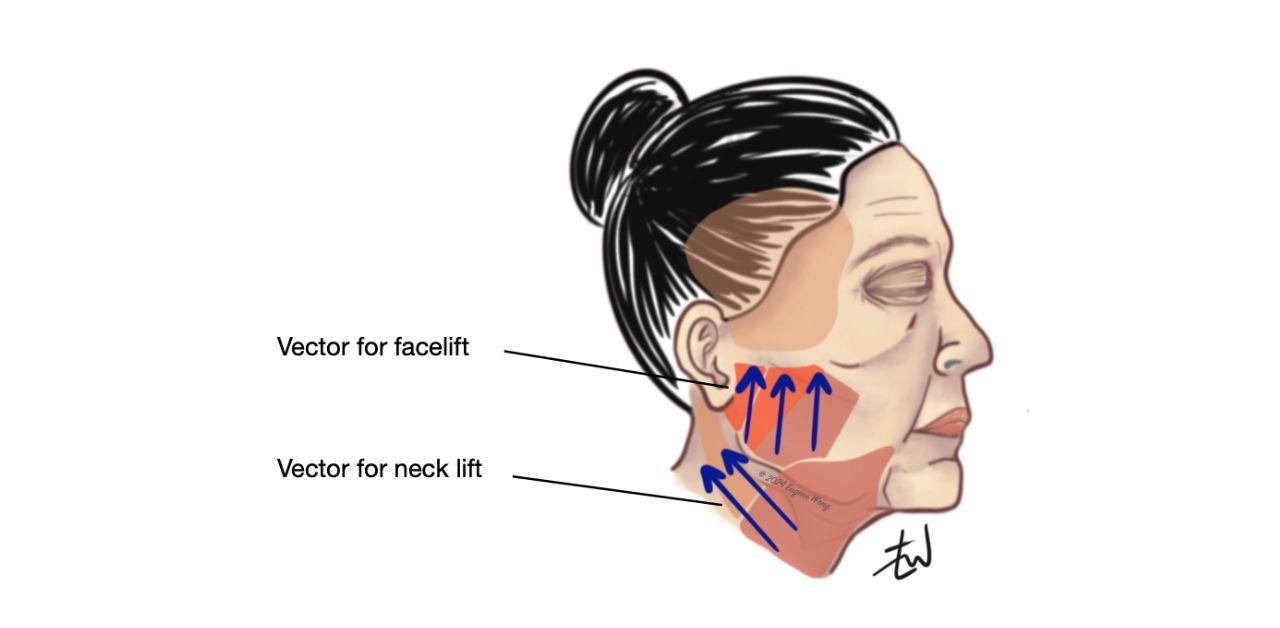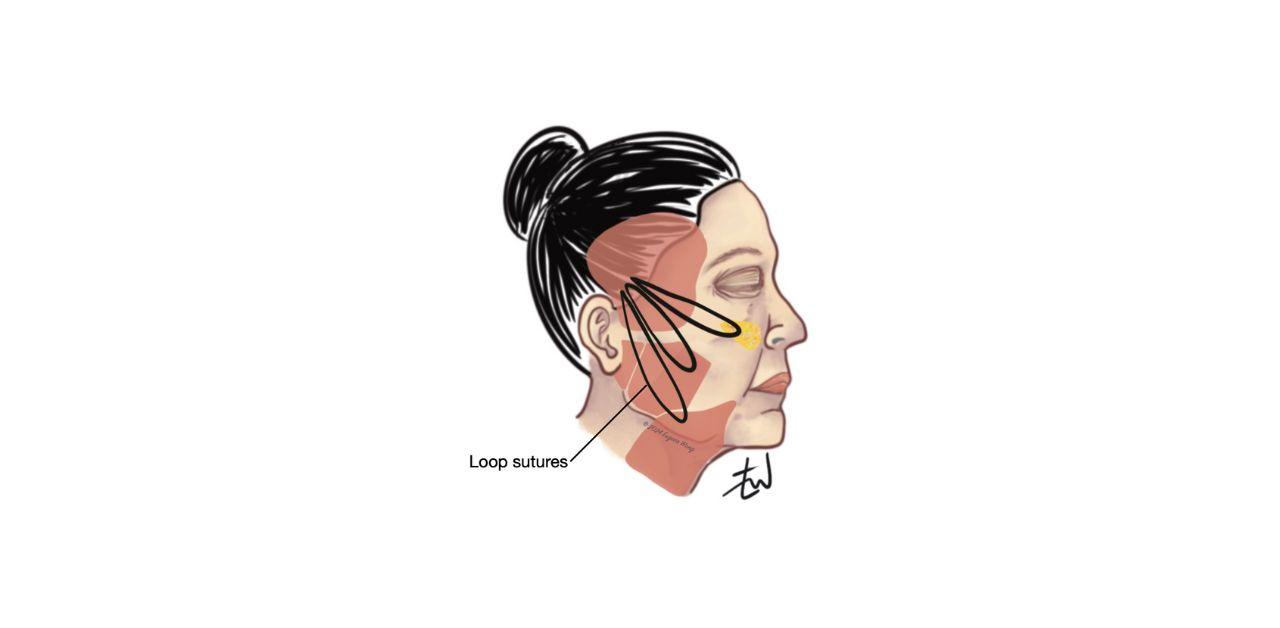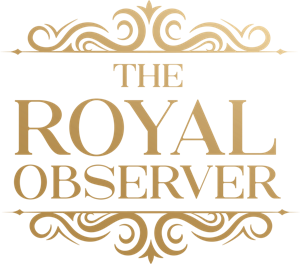The Evolution of Facial Rejuvenation: How Professor Alwyn D'Souza is Reshaping the Aesthetic Surgery

In today's world, where the pursuit of youthfulness has never been more valued, facial rejuvenation has evolved into a sophisticated blend of artistry and science. Professor Alwyn D'Souza, a leading figure in facial plastic surgery, leads this evolution.
With a career spanning decades, Professor D'Souza's contributions have advanced the techniques and outcomes of facelift surgery, ensuring natural, long-lasting results that restore confidence to his patients.

The journey of facelift surgery began over a century ago, with the earliest documented procedures dating back to the early 1900s. These initial surgeries were rudimentary, focusing primarily on lifting and trimming excess facial skin to provide a temporary solution to the visible signs of aging.
Incisions were typically made around the hairline and ears, relying on skin tension to create a more youthful appearance. However, these early techniques offered only short-term improvements, as they did not address the underlying causes of facial aging.
The 1970s marked a crucial moment in facelift surgery's evolution with Dr. Tord Skoog's pioneering work. Dr. Skoog introduced the concept of subfacial dissection, a revolutionary technique that involved dissecting beneath the superficial fascia rather than relying solely on skin tension. This approach allowed for a more profound and longer-lasting tightening of facial tissues, addressing the surface and the deeper structural changes that contribute to the aging process.

Another significant advancement came in the latter half of the 1970s with the recognition of the Superficial Musculoaponeurotic System (SMAS). The SMAS, a fibrous tissue and muscle layer beneath the skin, became integral to modern facelift techniques. Procedures such as the SMAS plication facelift entered the market, focusing on repositioning sagging facial tissues by suturing the SMAS layer. This innovation led to comprehensive rejuvenation of the lower face and neck, providing patients with more natural and enduring results.
Over the decades, facelift techniques have continued to evolve, leading to various approaches tailored to different patient needs. Among these are the deep plane facelift (DPFL) and the minimal access cranial suspension (MACS) lift. The DPFL, which involves dissection below the SMAS layer to release deeper facial ligaments, is particularly effective for patients with significant facial aging. This technique allows for a more profound repositioning of facial tissues, delivering superior outcomes that stand the test of time.
On the other hand, the MACS lift offers a minimally invasive option with shorter incisions and faster recovery times. This approach is ideal for individuals with mild to moderate jowling, providing effective rejuvenation with less downtime. The diversity of techniques available today ensures that facelift surgery can be customized to meet each patient's unique needs and goals.
Professor Alwyn D'Souza's name has become popular with excellence in facial plastic surgery. With prestigious qualifications, including FRCS (Eng), FRCSEd (ORL-HNS), and FRCS (Oto) Ed., Professor D'Souza's expertise spans a wide range of surgical procedures, from facelifts to rhinoplasty. His comprehensive skill set and commitment to achieving optimal patient outcomes have earned him a reputation as one of the leading figures in the field.
Beyond his surgical practice, Professor D'Souza has significantly contributed to the education and training of future surgeons. In 2006, he established the London Facial Aesthetic Cadaveric Training courses, which have played a main role in educating surgeons in advanced facial rejuvenation techniques. These courses provide hands-on experience and in-depth knowledge, ensuring that participants are well-equipped to deliver the highest standards of care in their practices.
Professor D'Souza's influence extends to organizing the Facial Plastic Surgery course at Imperial College London, one of the world's leading institutions in medical education. Through these initiatives, he has helped elevate facial plastic surgery standards globally, ensuring that patients benefit from the latest advancements in surgical techniques and technologies.
In recent years, there has been a surge in demand for non-surgical alternatives to traditional facelift surgery. Innovations in injectables and energy-based devices have provided patients with minimally invasive options that offer significant rejuvenation with reduced downtime and risks. These treatments cater to a growing population seeking effective anti-aging solutions without the need for surgery.
Injectables like Botox and dermal fillers have become household names due to their ability to smooth wrinkles and restore facial volume quickly and conveniently. Often referred to as "Lunch Break Procedures," these treatments can be performed in minutes, with immediate results and minimal recovery time.
Energy-based devices, such as lasers, radiofrequency (RF), and High-Intensity Focused Ultrasound (HIFU), represent another revolutionary approach to facial rejuvenation. These technologies target various signs of aging, from skin laxity to deep wrinkles, by stimulating collagen production and tightening tissues. CO2 lasers, for example, are favored for their effectiveness in treating deep wrinkles, while Erbium Yag lasers offer a gentler option for superficial concerns like fine lines and sun damage.
For individuals considering facial rejuvenation, consulting with an expert like Professor D'Souza offers the assurance of a tailored approach that aligns with their goals and aspirations. Whether through traditional surgical techniques or the latest non-surgical innovations, the journey towards ageless beauty is increasingly becoming a transformative reality, empowering individuals to age gracefully while embracing their best selves.
